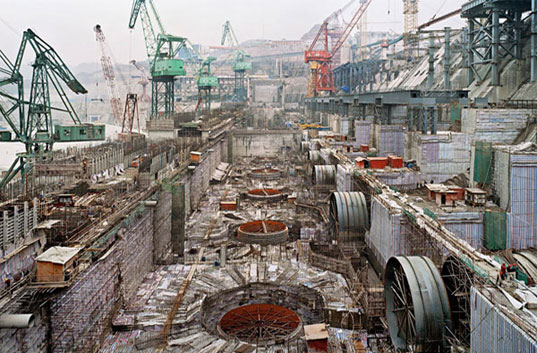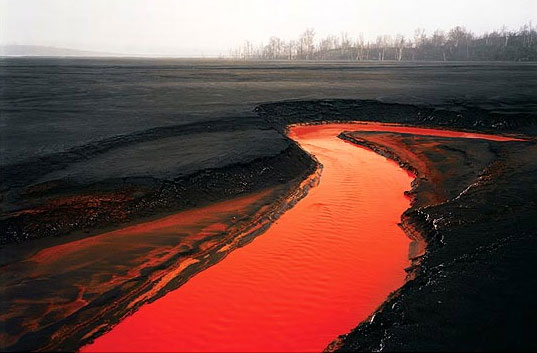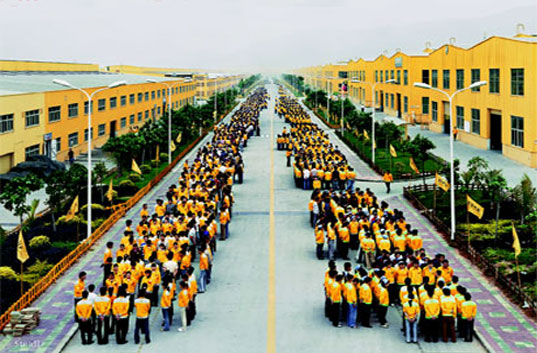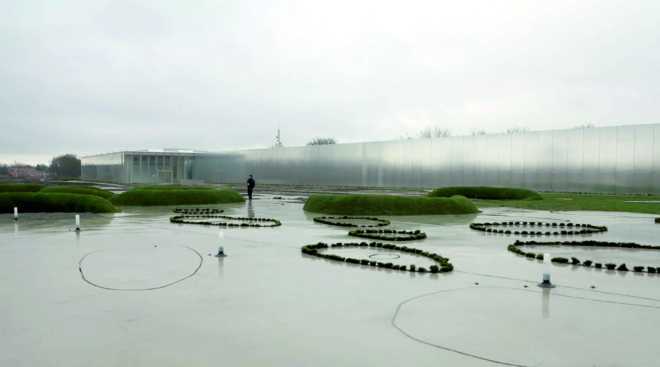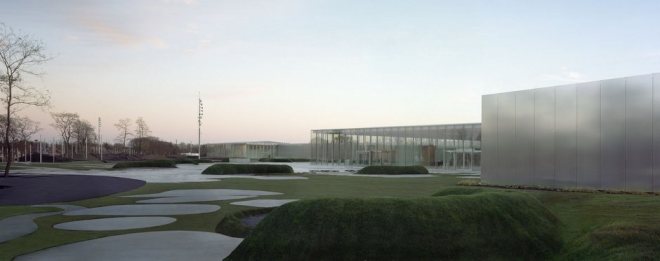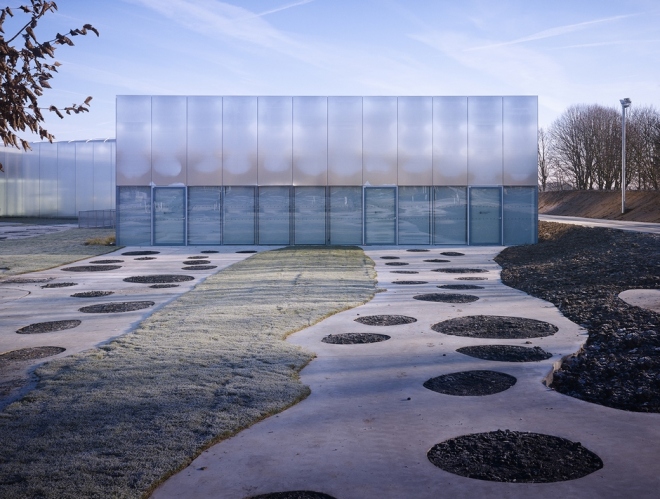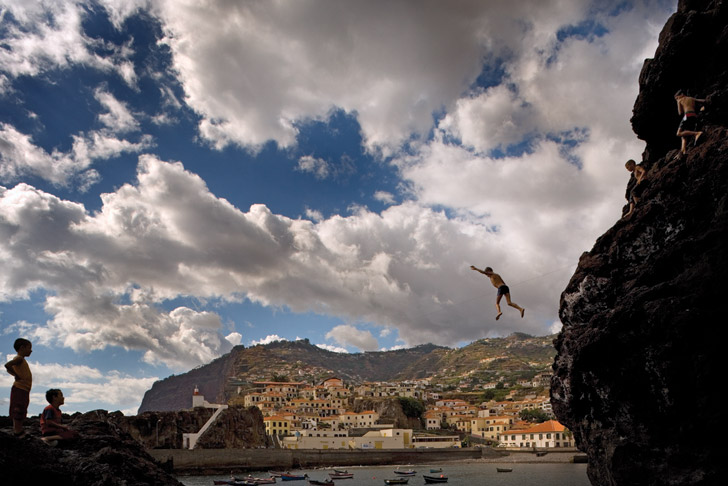On the West side of Manhattan there is the High Line, a defunct section of the elevated railway, once a ruin where an intrepid soul did occasionally Walk but now converted into a long, thin pedestrian zone so that walkers can stroll high above ground level and look down on the poor suckers beneath them. New Yorkers seem justifiably proud of the High Line and a lot of people, no doubt some of them out-of-towners, do walk there with great enthusiasm, but it’s a very specific kind of walking, actually I think more a form of promenading. People walking up and down, savouring the pleasure of walking, looking around, showing themselves off, checking each other out: very old school. Few, if any, of these people are using the High Line, as a way of getting from A to B. The place functions as a kind of pedestrian theme park, a piece of reclaimed territory, decked out with designer sidewalks and exuberant landscaping while keeping some of the old rails still visible.
The first couple of times I went to the High Line, a small industrial building was being demolished very close to the southern end of the walkway. ]ust one man was doing the job, operating a surprisingly small machine, one with a single long arm with an hydraulic hammer on the end, something that looked like a giant hole punch. Smashing walls and roofs wa easy enough but once in a while the operator encountered metal girders, that were much harder to break down, resulting in an explosion of grinding and juddering, though he always got the job done sooner or later. The whole process delivered quite an ear-bashing to the walkers on the High Line, and clouds o demolition dust rose up and billowed in our direction. The noise and the dirt were the kind of thing that you might think would spoil a good walk, But it didn’t. I, naturally, absolutely loved it, but so did most of the other walkers. We paused in our walking, moved to the side of the High Line, pressed up against the railing and stared down in fascination to see how one man could destroy aiwhole building. A certain amount of ruin, the chance to see a ruin being made, didn’t spoil the walk at all: it made it. If I’m ever called upon to design la pedestrian theme park I’ll make sure there’s some industrial-scale destruction going on there.
Geoff Nicholson, Walking in Ruins (2013)
Cities are loosing the places where one can create an affective relationship with a landscape. Instead, the traces of history are now becoming luna parks as Geoff Nicholson say. With the over-design of heritage, cities identity is becoming just propaganda, and business that threatens the citizen’s lives in many ways.There is a pleasure in the ruins… when a new design let them survive, avoiding their commodification and creating a place that visitors can make theirs. In these projects, the infra-design allows the feeling of discovering and the relief in front of the over-determinated spaces. Indeed, this kind of spaces invites us to transform them, as a way of enrichment of the information and freedom of expression and they have the shinning aura of the real too.
Siiri Vallner, The Pier (2012)

